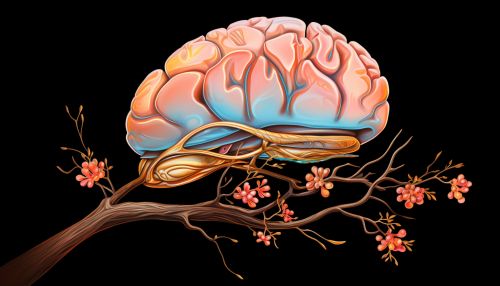Emotion Perception
Introduction
Emotion perception is a complex process that involves the recognition and interpretation of emotional signals. It is a critical component of social cognition, enabling individuals to respond appropriately to the emotions of others. This process involves several cognitive and neural mechanisms, including facial recognition, body language interpretation, and voice recognition.


Understanding Emotion Perception
Emotion perception is a multifaceted process that involves the ability to recognize, interpret, and respond to emotional signals. It is a fundamental aspect of human interaction, enabling individuals to understand and respond appropriately to the emotions of others.
The Process of Emotion Perception
The process of emotion perception begins with the detection of an emotional signal, such as a facial expression, body language, or tone of voice. This signal is then processed by the brain, which interprets the signal and generates an appropriate emotional response. This process involves several cognitive and neural mechanisms, including pattern recognition, memory, and emotional intelligence.


Neural Mechanisms of Emotion Perception
The neural mechanisms of emotion perception involve several areas of the brain, including the amygdala, prefrontal cortex, and anterior cingulate cortex. These areas work together to process emotional signals and generate appropriate responses.


Factors Influencing Emotion Perception
Several factors can influence emotion perception, including individual differences, cultural factors, and contextual cues. Understanding these factors can help to explain why individuals may perceive the same emotional signal differently.
Individual Differences
Individual differences in emotion perception can be influenced by factors such as personality traits, mental health, and cognitive ability. For example, individuals with high levels of emotional intelligence are often better at recognizing and interpreting emotional signals than those with lower levels.


Cultural Factors
Cultural factors can also influence emotion perception. Different cultures may have different norms and expectations regarding the expression and interpretation of emotions, which can influence how individuals perceive emotional signals.


Contextual Cues
Contextual cues can also play a significant role in emotion perception. The context in which an emotional signal is presented can influence how it is interpreted. For example, a smile may be interpreted differently depending on whether it is presented in a social or professional context.


Implications of Emotion Perception
Emotion perception has significant implications for various areas of life, including social interactions, mental health, and even physical health. Understanding emotion perception can help to improve interpersonal communication, enhance emotional well-being, and promote overall health and wellness.
